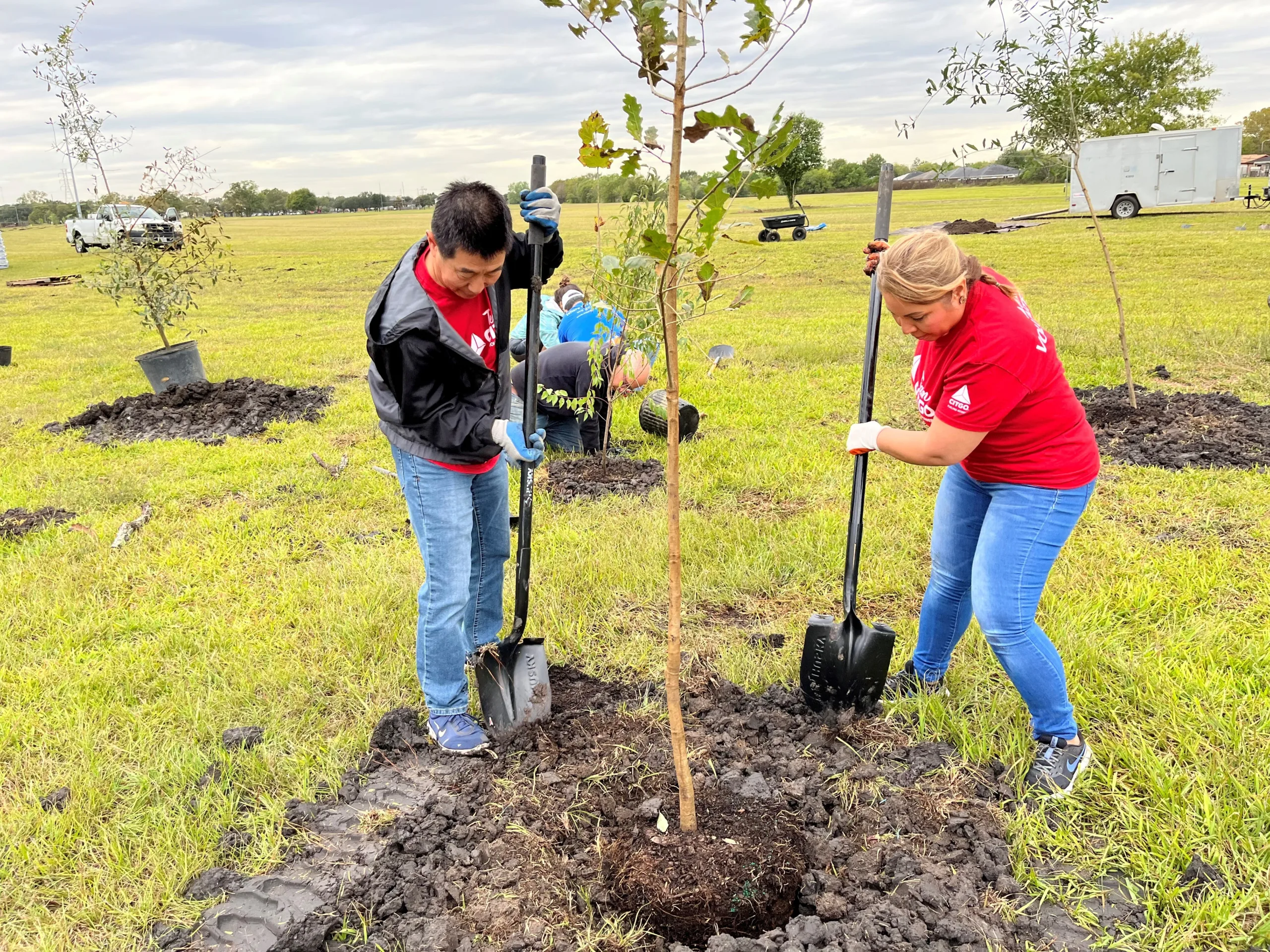March 21 @ 7:00 pm – 8:00 pm

Photo Courtesy of Cassidy Kempf
Riparian buffers, or the forests along our bayou systems, are critically important for water quality and wildlife habitat. However, many of these forests have been removed or degraded throughout Houston’s development. Through the City of Houston’s Riparian Restoration Initiative, the Houston Parks and Recreation Department is working to restore riparian buffers in every park that is adjacent to a bayou or waterway – reaching over 70 parks in the process. Since 2017, over 25 riparian buffers have already been restored through this initiative. Join us to hear about the methods they used, their lessons learned, and the importance of these riparian buffers.
About the Speaker – Cassidy Kempf
Cassidy Kempf has worked for the last four years in the Houston Parks and Recreation Department’s Natural Resources Division. As Habitat Restoration Manager, Cassidy oversees both prairie and riparian habitat restoration projects throughout the City’s park system. She has also contributed to environmental planning and policy efforts including the Nature Preserve Ordinance and the upcoming departmental Water Management Plan. Prior to employment with the City, Cassidy worked for the Houston Arboretum and Nature Center and the Texas Commission on Environmental Quality’s Galveston Bay Estuary Program. She has a Bachelor of Science in Ecology and Evolutionary Biology and a Bachelor of Arts in Policy Studies from Rice University.

Our monthly chapter meetings are held on every 3rd Thursday, January – November. Our meetings are free and open to the public thanks to our members and sponsors.
Join us in person at 7:00 pm! Come at 6:45 pm for a meet and greet with snacks.
Houston Arboretum and Nature Center
610 Entrance (preferred)
120 W Loop N Fwy
Houston, TX 77024
Woodway Entrance
4501 Woodway Drive
Houston, TX 77024
Meetings will also be live-streamed and recorded for later viewing.
Return to Houston Chapter Page



